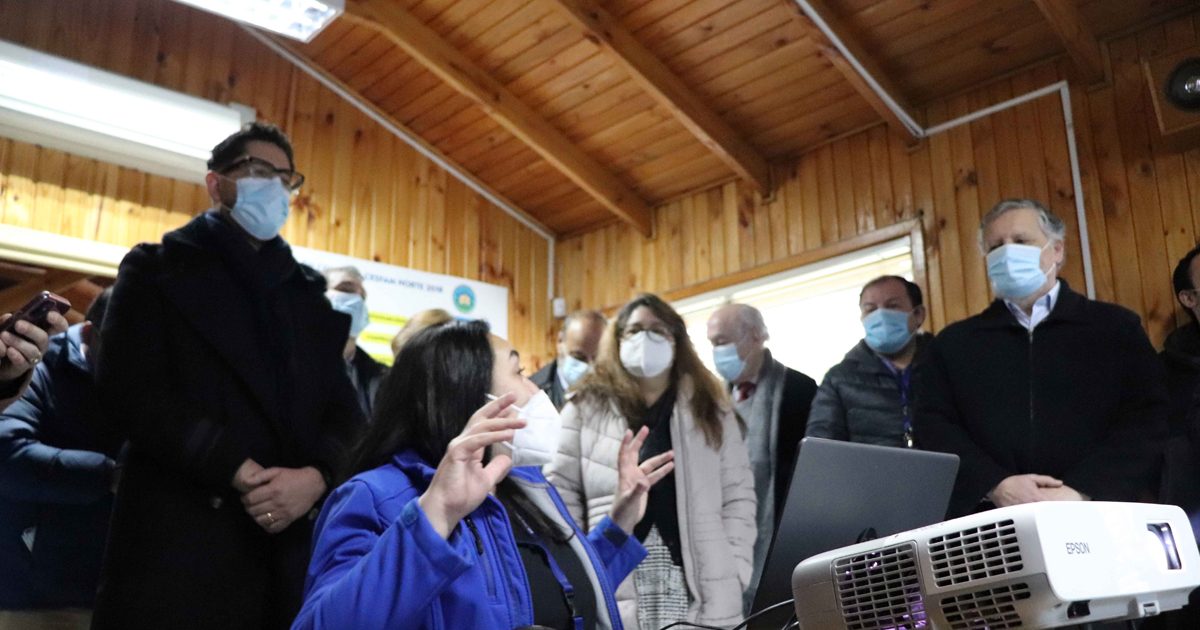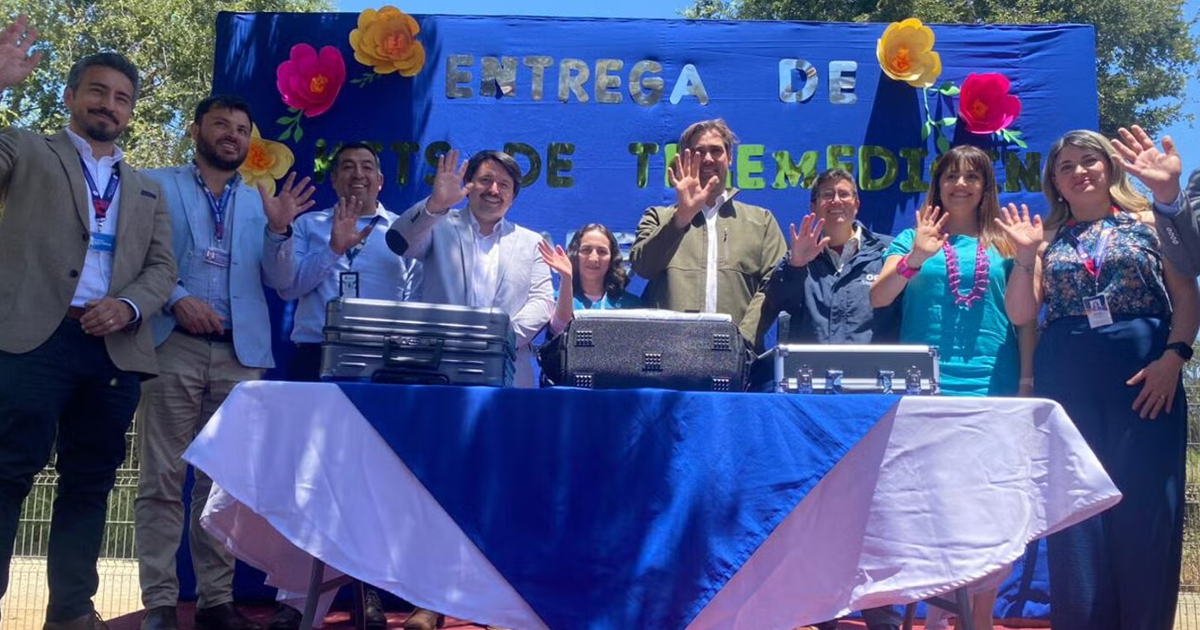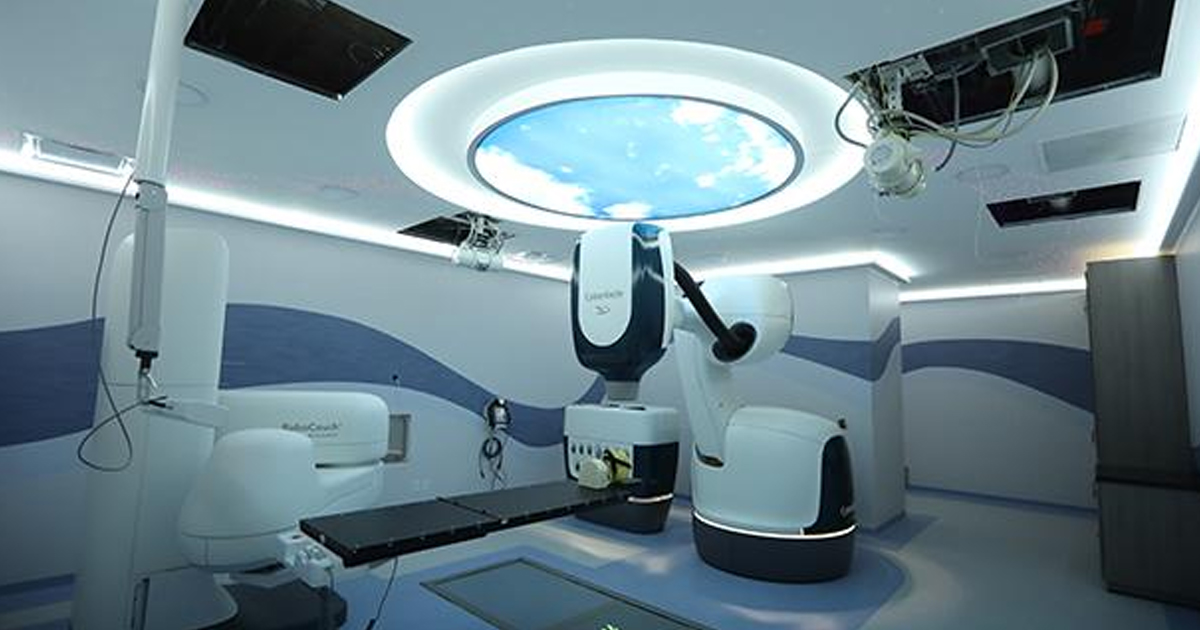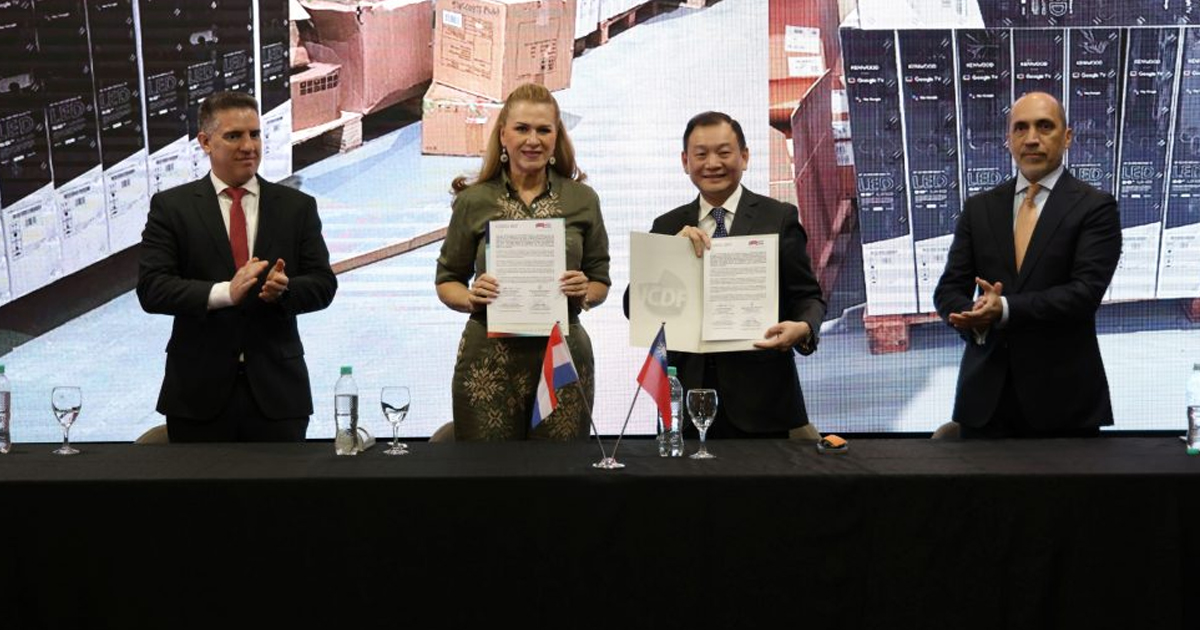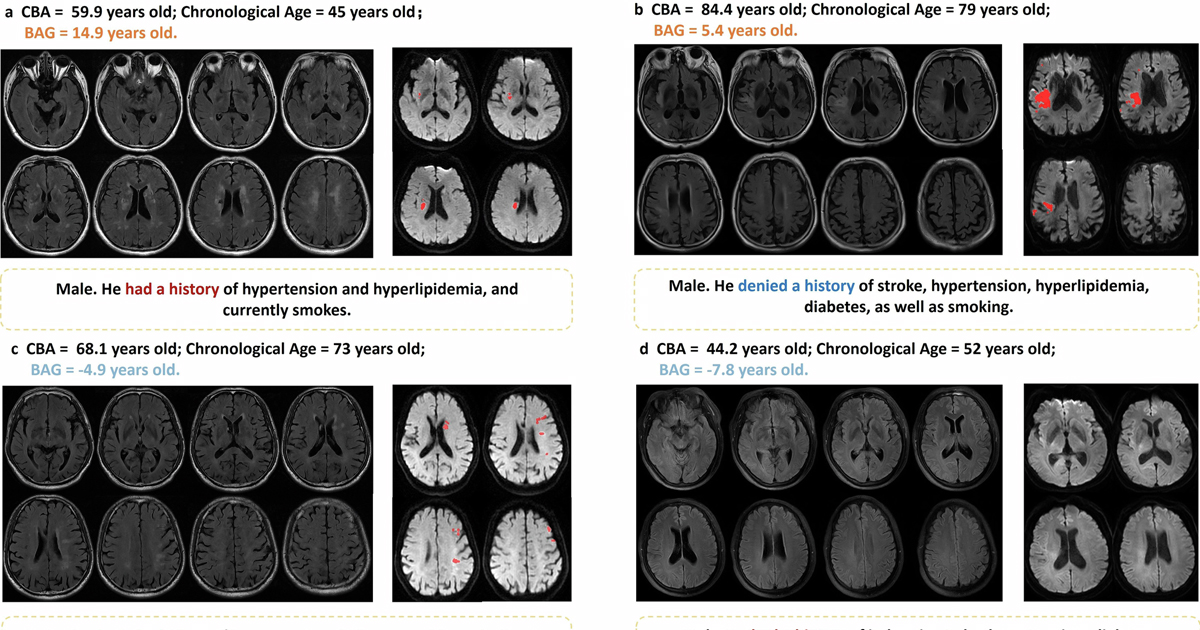El tratamiento de emergencias en pacientes a distancia es ahora una realidad, e incluso están arrancando un teleconsultorio en zonas rurales del país sudamericano.
La creciente influencia tecnológica en el mundo de la medicina actual permite tener acceso a nuevas herramientas que pueden fortalecer los procesos ya existentes. La digitalización de varios servicios médicos puede contribuir en grandes escalas al bienestar de los pacientes y la manera en que se relacionan con su salud y los profesionales que la tratan.
En ese sentido, la telemedicine está creciendo, permitiendo a los médicos especialistas brindar consulta a múltiples pacientes a la distancia, para así establecer un diagnóstico preciso, o bien prescribir un tratamiento personalizado. El reto de esta modalidad es asegurar que se cuente con un acceso estable a internet, y que exista una plataforma digital robusta que permita el acceso a la información del paciente, con el fin de conocer su estado de salud, ya sea a través de computadoras, dispositivos móviles u otros medios.
En Perú, se ha puesto en marcha el programa de Teleconsultorios de emergencia bajo el enfoque de las Redes Integradas de Salud y tiene como objetivo ampliar la cobertura de una atención en salud especializada en las diferentes provincias del país.
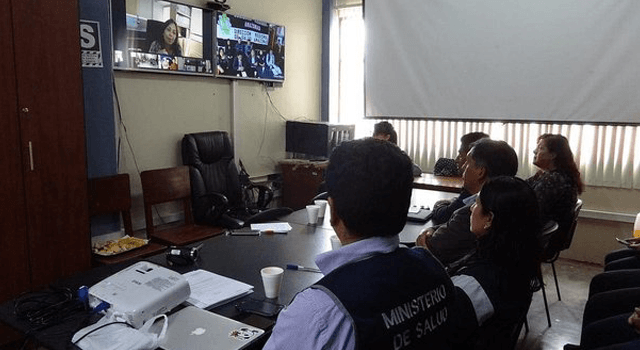
La titular del Minsa (Ministerio de Salud de Perú), la Dra. Silvia Pessah Eljay, informó a finales de 2018 que existían más de 500 establecimientos de salud en los que se implementa la Telemedicine and Electronic Medical Record completa, lo que permite tener una mayor conectividad en zonas rurales del país.
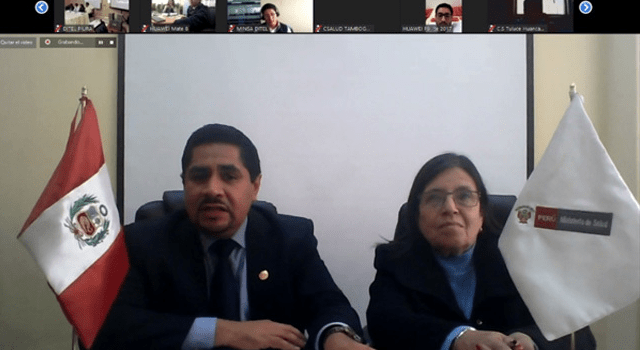
Este teleconsultorio se inauguró dentro del Hospital de Apoyo II-2 de Sullana; como una iniciativa que ya se venía trabajando desde hace tiempo y que ahora llega a cubrir una enorme necesidad en la región en donde no existían este tipo de facilidades. Aun cuando se había empleado previamente la telemedicine, no existía un proyecto que se dedicara especialmente a pacientes en calidad de emergencia, de los cuales más de un 50% se encontraban en condiciones patológicas severas.
Es el primer centro de atención de teleconsultas, el cual cumplirá con muchas expectativas y atenderá necesidades patológicas que anteriormente eran destinadas a los 1101 teleconsultorios que integran la Red Nacional de Telehealth y que están ubicados en el área de consultorios externos para condiciones más generales.
Sin duda, esta iniciativa cambiará la manera en la que muchas personas se relacionan con su salud y su acceso a los cuidados necesarios en el momento preciso por medio de un diagnóstico personalizado.
PLATAFORMA DIGITAL ÚNICA DEL ESTADO PERUANO
E-HEALTH REPORTER
http://ehealthreporter.com/es/noticia/se-inaugura-el-primer-teleconsultorio-de-emergencia-en-peru/


